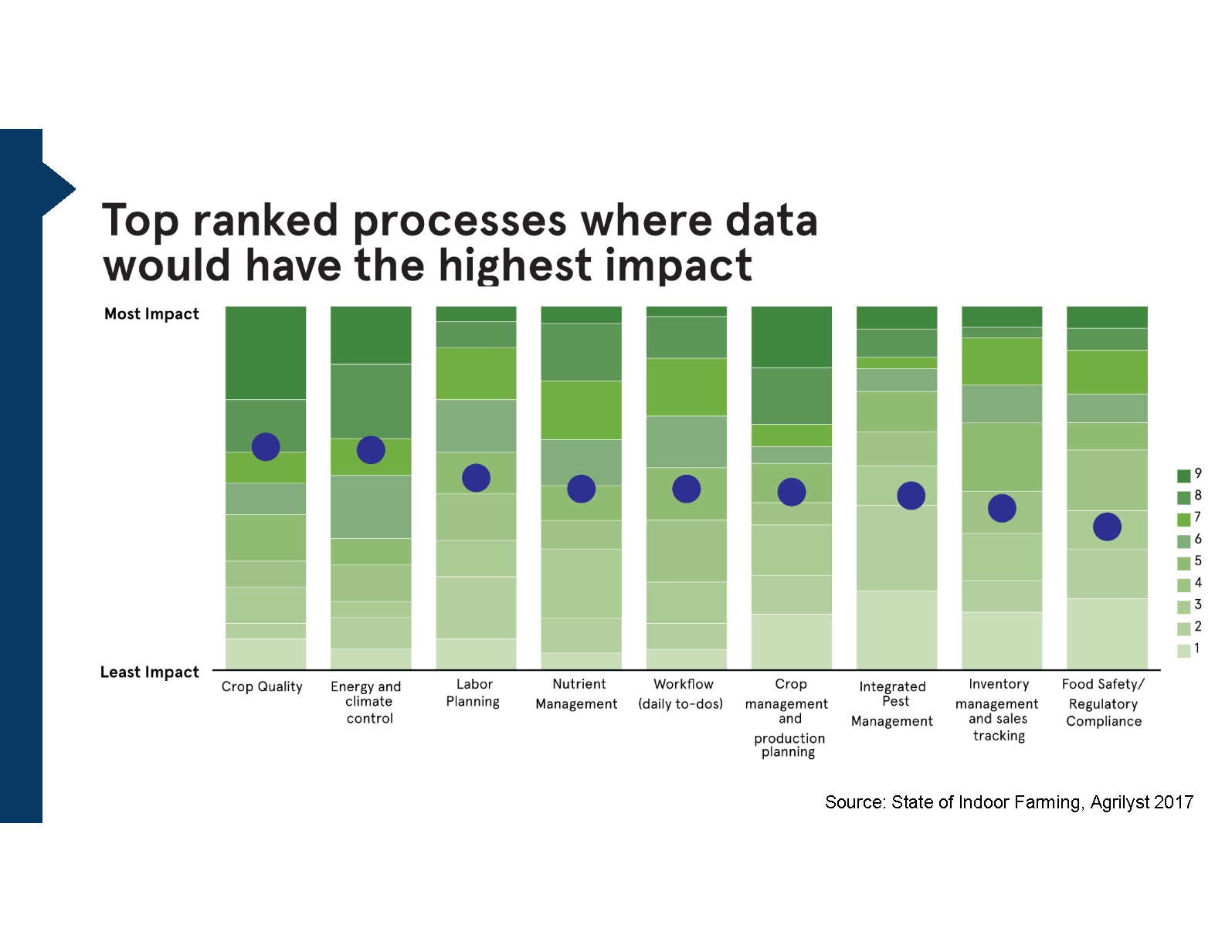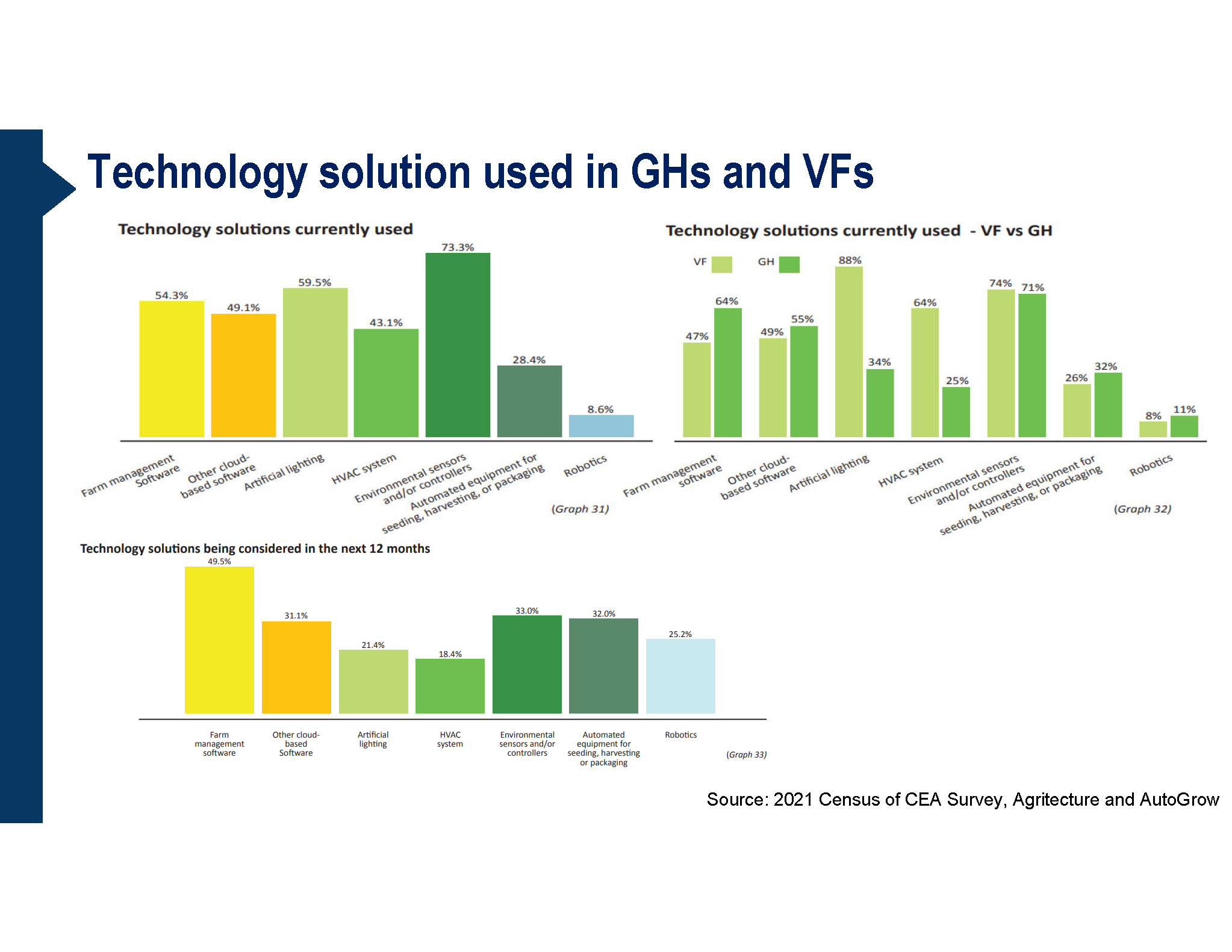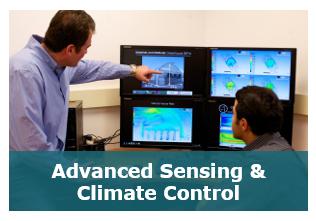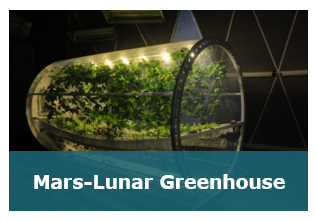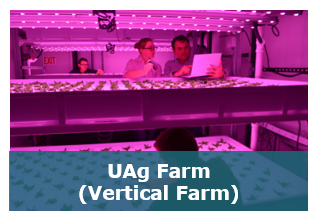By 2050, it is estimated that there will be nine billion people on Earth. New technologies will be needed to feed the world’s population, and to grow food in outer space. Climate change adds to the pressure of food scarcity. Controlled environment agriculture (CEA) uses technology to enable growers to manipulate a crop’s environment to desired conditions. Greenhouses, aquaculture, hydroponics, and aquaculture are all examples of controlled environment agriculture. The Controlled Environment Agriculture Center (CEAC) within the BE department has the potential, with the support of CALES and UA mechanisms, for developing self-support to expand to meet the demands.
See an online booklet of what we do at the CEAC here or watch the interactive video below.
For a full list of CEAC faculty, staff and collaborators, visit CEAC's directory
Faculty with CEA Research components:
 |
 |
 |
 |
 |
| Dr. Joel Cuello | Dr. Gene Giacomelli | Dr. Triston Hooks | Dr. Murat Kacira | Dr. Matthew "Rex" Recsetar |
![]()
|
This student-designed, and mostly student-run, controlled-environment facility is the first rooftop campus greenhouse in the nation that can produce food year-round, with 10 times the productivity of an outdoor garden. Twice a week on the roof of the student union, UA students and future commercial growers harvest cucumbers, tomatoes and bell peppers from the Rooftop Greenhouse and send the vegetables down to the Campus Pantry. |


